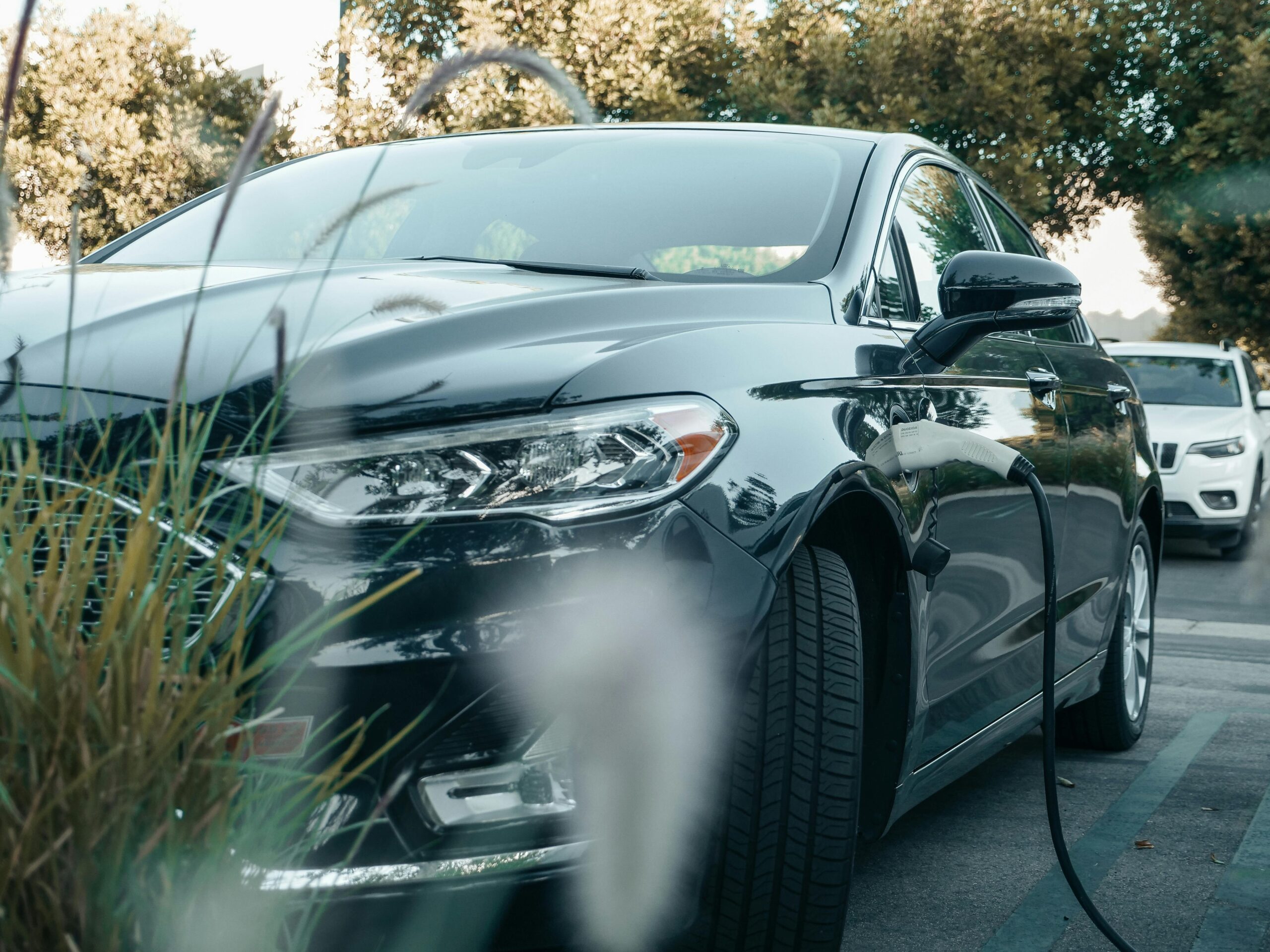Complete Guide to Ford Edge Hybrid MPG Performance
The Ford Edge Hybrid MPG is one of the most discussed topics among hybrid SUV enthusiasts and eco-conscious drivers. As gas prices fluctuate and environmental awareness rises, understanding the fuel efficiency of vehicles like the Ford Edge Hybrid becomes essential. This comprehensive guide will explore the technical insights, practical implementation, advanced techniques, and long-term value of maximizing MPG in the Ford Edge Hybrid.

Understanding the Fundamentals
The term “MPG” stands for “miles per gallon,” a key indicator of how fuel-efficient a vehicle is. When we talk about the Ford Edge Hybrid MPG, we’re referring to how many miles the SUV can travel on one gallon of fuel. This measurement becomes a deciding factor for budget-conscious drivers and those aiming to reduce their carbon footprint.
Over the past decade, Ford has evolved its hybrid technology significantly. Initially known for its robust trucks and gas-powered SUVs, Ford has now embraced hybridization to meet increasing regulatory and consumer demands for better mileage and cleaner energy use.
1.1 What MPG Means for Hybrid Vehicles
MPG in hybrid vehicles like the Ford Edge combines both gas and electric power efficiency. The EPA estimates for the Ford Edge Hybrid are around 41 MPG city and 37 MPG highway, making it one of the more efficient options in its class. Compared to traditional gas-only SUVs, this is a substantial leap.
In real-world applications, these ratings may vary due to factors like driving style, load, and terrain. However, most users report consistently high satisfaction with fuel savings, especially in urban driving conditions where hybrids excel.
1.2 Factors Affecting Ford Edge Hybrid MPG
Several variables affect the MPG of any hybrid SUV. In the Ford Edge Hybrid, these include:
- Driving Habits: Aggressive acceleration and braking reduce efficiency.
- Weather Conditions: Extreme cold or heat can lower battery effectiveness.
- Terrain: City driving generally yields better MPG than hilly highways.
Understanding these factors allows owners to optimize their driving for better MPG, extending both the vehicle’s life and economic value.
Practical Implementation Guide
Now that we understand the core principles behind the Ford Edge Hybrid MPG, let’s explore how to achieve those optimal numbers in daily driving. Proper implementation helps you save fuel and reduce wear and tear on your vehicle.

2.1 Actionable Steps
- Use Eco Mode: Engage Eco Mode to maximize electric-only drive time and reduce fuel consumption.
- Regular Maintenance: Maintain tire pressure and get regular oil and filter changes to keep the hybrid system running efficiently.
- Plan Smart Routes: Avoid stop-and-go traffic by using GPS apps that identify the fastest, most fuel-efficient routes.
2.2 Overcoming Challenges
Common obstacles faced by Ford Edge Hybrid owners when trying to maintain high MPG include:
- Battery Drain in Cold Weather: Use garage parking or pre-warming features when possible.
- Inconsistent MPG Readings: Reset your trip computer regularly to get accurate data.
- Heavy Loads: Avoid carrying unnecessary weight to reduce engine strain.
Experts recommend using regenerative braking effectively and maintaining a steady speed to overcome these issues. Awareness is the first step toward efficient hybrid driving.
Advanced Applications
For those already achieving decent Ford Edge Hybrid MPG, advanced techniques can help push efficiency even further. These are especially beneficial for frequent drivers and fleet operators.

3.1 Hyper-Miling Techniques
Hypermiling involves techniques such as coasting, pulse and glide, and maintaining lower speeds to extend fuel economy. Ford Edge Hybrid owners practicing hypermiling report up to a 10–15% improvement in MPG. These techniques are best used on familiar routes where braking and acceleration can be predicted.
3.2 Integration with Telematics
Advanced users can install telematics systems to track fuel efficiency, idle times, and even driver behavior. Integrating this data with mobile apps provides feedback on areas needing improvement. While initially a fleet-oriented solution, some individual drivers now adopt this for daily monitoring and optimization.
Future Outlook
The hybrid SUV market, including the Ford Edge Hybrid MPG segment, is expected to grow steadily over the next five years. As battery technology improves and federal regulations become stricter, manufacturers like Ford are prioritizing even more efficient models.
Expect to see MPG ratings improve through lighter materials, better aerodynamics, and software-driven powertrain optimization. Consumers can prepare by staying informed about new releases, software updates, and eco-driving techniques that align with evolving standards.
Conclusion
Here are the three key takeaways:
- The Ford Edge Hybrid offers highly competitive MPG, especially in city driving.
- Driving behavior and maintenance significantly impact real-world MPG results.
- Advanced techniques and tools can further boost fuel efficiency over time.
Understanding and implementing strategies to improve Ford Edge Hybrid MPG can lead to noticeable savings and environmental benefits. Start small by tracking your MPG, adjusting driving habits, and exploring new tools for optimization. Your wallet—and the planet—will thank you.
Frequently Asked Questions
- Q: What is the average Ford Edge Hybrid MPG? Most drivers experience 37–41 MPG depending on terrain and driving habits.
- Q: How can I improve my Ford Edge Hybrid MPG? Use Eco Mode, drive smoothly, and maintain your vehicle regularly for the best results.
- Q: How much time does it take to see MPG improvement? Most changes show results within 2–3 weeks of consistent driving behavior.
- Q: Are hybrids more expensive to maintain? While hybrid systems can be complex, Ford Edge Hybrid maintenance costs are competitive with gas-only models.
- Q: How does Ford Edge Hybrid MPG compare to gas SUVs? Hybrids typically offer 25–40% better MPG, especially in urban environments.
- Q: Is it hard to drive a hybrid for fuel efficiency? Not at all—just follow smart driving habits like smooth acceleration and braking.
- Q: Is the Ford Edge Hybrid suitable for commercial or long-distance use? Yes, especially when fuel efficiency and lower emissions are priorities for fleet managers.
